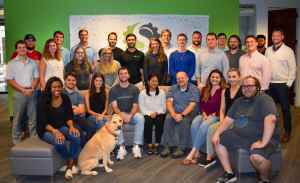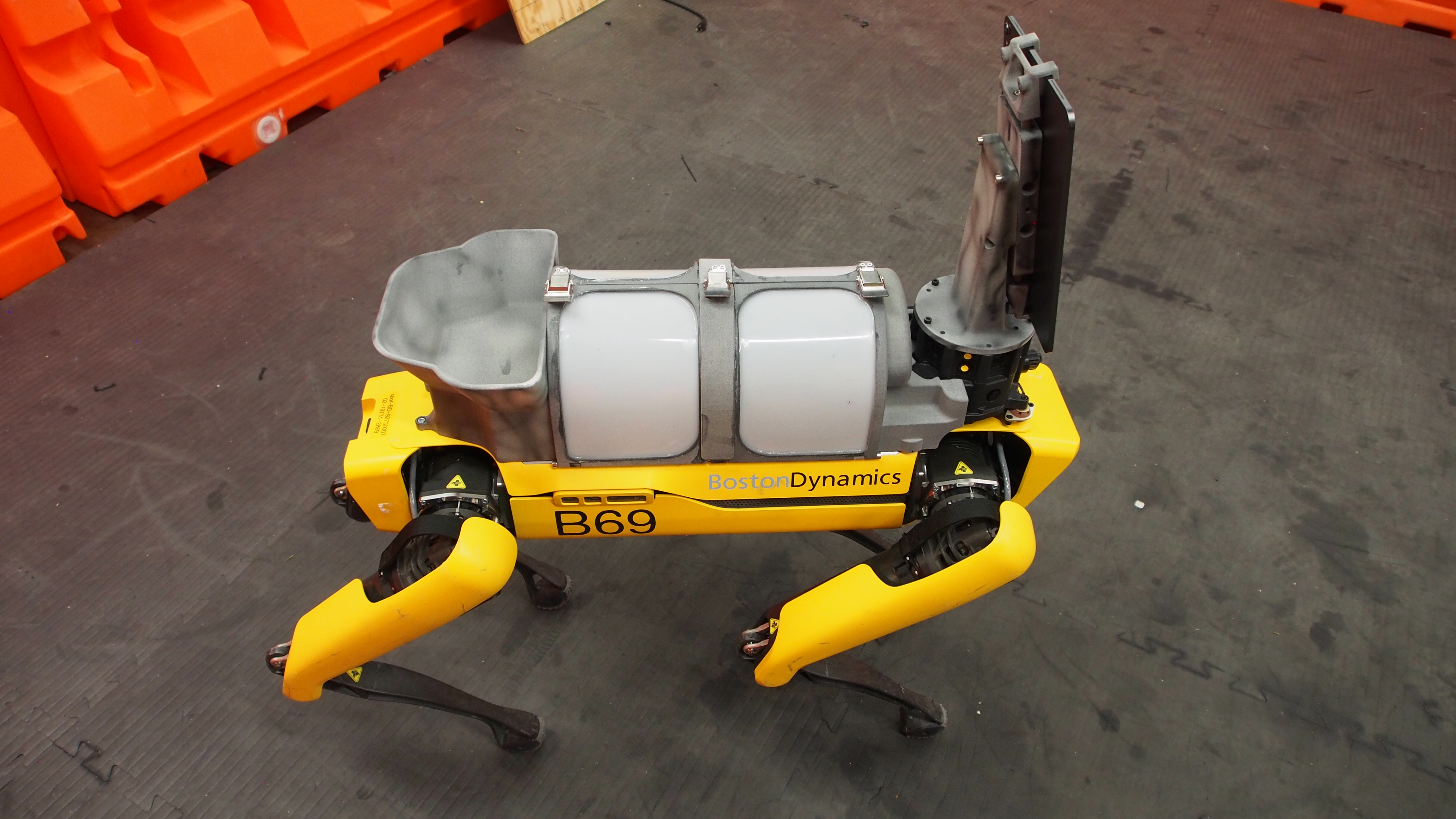TechCrunch recently asked a number of venture capitalists who invest in fintech to share their thoughts about the state of the industry; they pulled us into the present moment, drawing from their portfolio companies, deal flow and inboxes.
Today, we asked them to look into the future.
Although it looks like the COVID-19 pandemic has clipped the tails of many unicorns, this era won’t last forever. Investors expect the domestic and global economy to recover, perhaps starting in late 2020 or early 2021, though those timelines could be aggressive.
TechCrunch wanted to find out what improving macro conditions in the future might mean for fintech startups, a cohort that has attracted huge checks and even larger expectations from its backers and founders. To better understand what is coming, we reached out to a group of VCs we selected based on their experience and their firm’s investing history to predict what’s beyond the horizon.
Here’s our group for today:
- Matt Harris, Bain Capital Ventures
- Charles Birnbaum, Bessemer Venture Partners
- Jackson Gates, Manresa Ventures
- Rob Moffat, Balderton Capital
- Brendan Dickinson, Canaan
- Yann Ranchere, Anthemis
- Cherry Miao, Accel
As always, we will distill and discuss key trends from their responses before sharing their responses in full, lightly edited for length and clarity.
Consolidation, the power of cash, who is doomed and far-off IPOs
Our first theme is that consolidation is generally expected and could come broadly in the diverse fintech space. Digging through the answers, most said they believed the maturation of the fintech industry is upon us. Horizontal mergers might happen at a faster pace than before as companies struggle and acquisitions become cheaper.
Investors largely noted that startups in the lending space will not come out of this crisis unscathed, so expect forced combinations in that sector, as well as companies that target SMB customers.
The second trend we noted deals with who lives and who dies. The answer, contrary to our guess, doesn’t deal with stage but, instead, runway. Preparing this particular survey we had a hunch that later-stage fintech startups would have a better shot at staying alive, given their history of huge capital raises. That was nearly correct, it turned out.
However, instead of stage, our investor group generally agrees that runway matters more; older startups raised more, but they also may have far worse burn rates. In this vein, one investor noted that super early-stage fintech startups that just raised should do fine, as they’ll just build straight through the downturn.
Our third trend deals with which cohort of fintech startups will fare the worst. We had the investors rank a number of types of companies and some categories fared poorly. Consumer lending fintech shops do not inspire investor confidence, nor did consumer-oriented payments companies. Business lending was probably around third from the bottom.
There will naturally be some startups in those categories that do fine, but that’s almost more a comment on the total number of fintech startups than it is a commentary on the viability of any particular sector.
Trend number four: fintech IPOs are on hold for quarters, if not years. If you were hoping for a quick return to fintech liquidity, prepare to be let down. The investors we questioned said that we might see one in Q4, but that public debuts for fintech players are probably more of a 2021 affair.
We also asked if the Bill.com IPO — which went well — had any impact on fintech exits. Not really, was the answer, aside from one note that it might have helped drive some later, pre-COVID-19 M&A activity.
Our final trend: expect doom and gloom for interchange revenue.
The investors we chatted with said they largely think we’ll see a sharp drop in revenue from interchange fees, a slice of the pie that many card issuers take per transaction. This means that the startups that bet on IC revenue to fund their nifty why-not consumer debit cards will see a drop in their ability to issue. And that hurdle could mean startups struggle to make their credit card bets stay a reality, which brings us back to the first theme we talked about: further consolidation.
All this said, but one investor disagreed. You’ll have to read the piece to find out which one and why.



